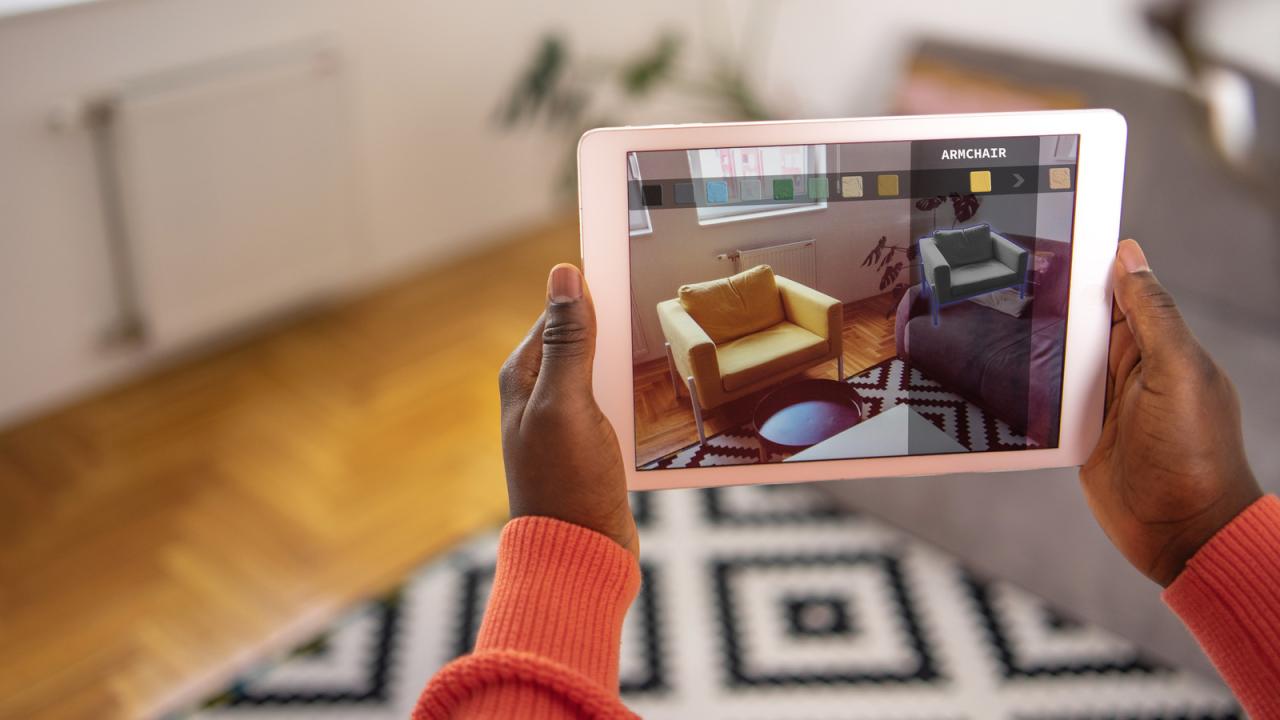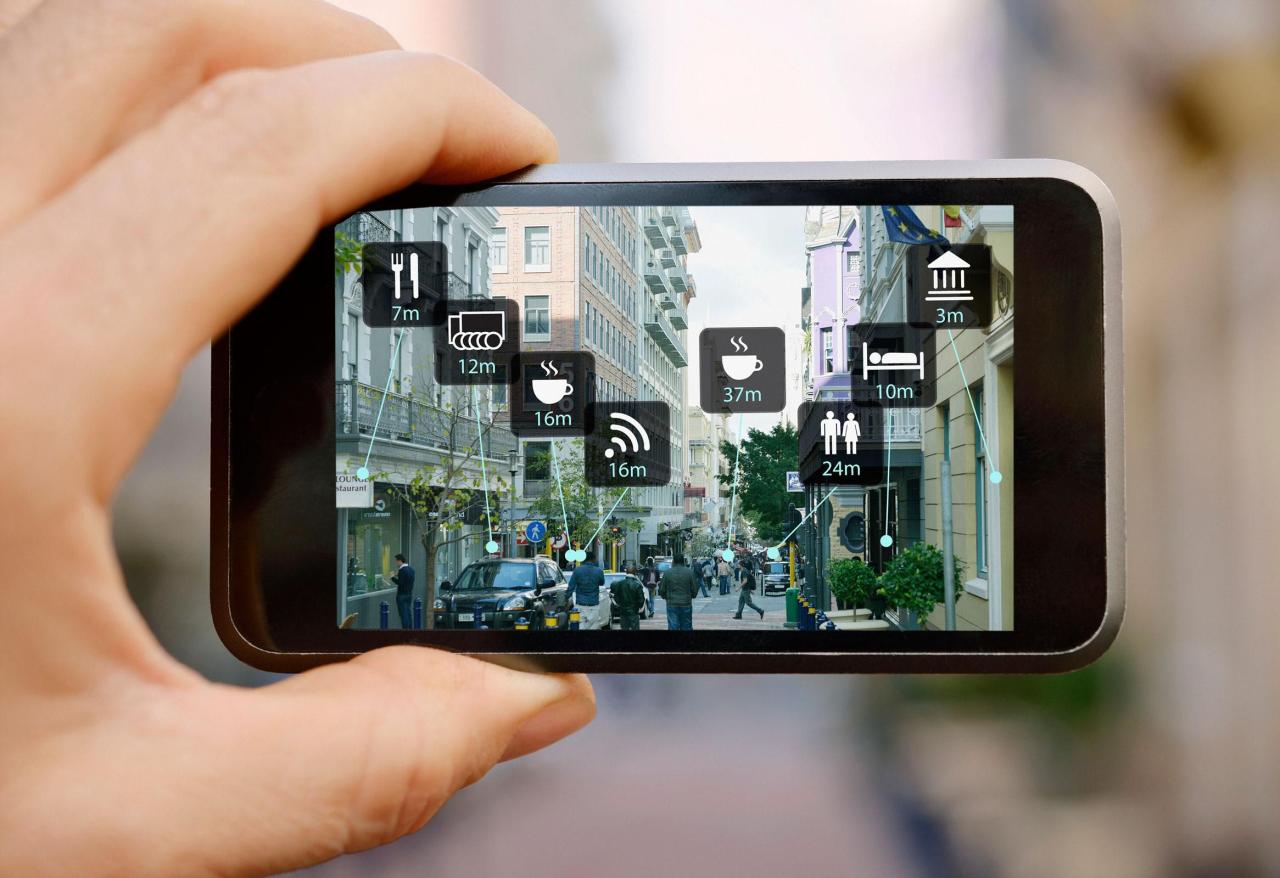Challenges of Developing AR Apps

Augmented Reality Apps – Developing augmented reality (AR) apps presents a unique set of technical challenges that stem from the fusion of real and virtual worlds. These challenges include:
Device Compatibility
AR apps require devices with specific hardware capabilities, such as cameras, motion sensors, and GPS, to function properly. Ensuring compatibility with a wide range of devices can be challenging due to variations in hardware specifications and operating systems.
Environmental Factors, Augmented Reality Apps
AR apps rely on the real-world environment to provide context for virtual content. Factors such as lighting conditions, object occlusion, and surface textures can impact the accuracy and stability of AR experiences.
Computational Requirements
AR apps require significant computational power to process real-time data from sensors, track user movement, and render virtual content. This can be demanding for mobile devices with limited processing capabilities.
Latency
Latency, or the delay between user input and the corresponding response in the AR app, can significantly impact the user experience. Achieving low latency is crucial for creating immersive and responsive AR experiences.
Future Advancements
Despite these challenges, AR technology is rapidly evolving, with advancements in hardware, software, and algorithms. These advancements are expected to address current limitations and open up new possibilities for AR app development.
Future of AR Apps: Augmented Reality Apps

Augmented reality (AR) apps are rapidly evolving, with new and innovative uses being discovered all the time. As AR technology continues to advance, we can expect to see even more groundbreaking apps that change the way we live, work, and play.
Emerging Trends and Advancements in AR Technology
Some of the most exciting emerging trends and advancements in AR technology include:
- The use of artificial intelligence (AI) to create more immersive and personalized AR experiences.
- The development of new hardware that makes AR glasses and headsets more lightweight and affordable.
- The integration of AR with other technologies, such as 5G and the Internet of Things (IoT).
How AR Apps Will Continue to Evolve and Impact Various Industries
As AR technology continues to evolve, we can expect to see AR apps have a major impact on a wide range of industries, including:
- Retail:AR apps can be used to provide customers with a more immersive and personalized shopping experience. For example, customers can use AR apps to virtually try on clothes or furniture before they buy it.
- Manufacturing:AR apps can be used to improve worker productivity and safety. For example, workers can use AR apps to access real-time instructions or to visualize complex machinery.
- Healthcare:AR apps can be used to provide patients with more information about their health and to help them manage their care. For example, patients can use AR apps to view their medical records or to learn about new treatments.
- Education:AR apps can be used to create more engaging and interactive learning experiences. For example, students can use AR apps to explore historical events or to learn about science concepts.